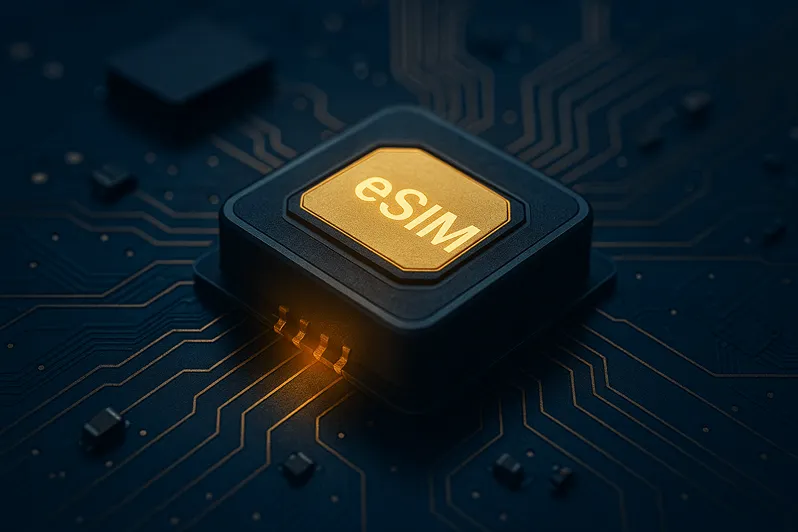
In a world where devices are becoming smaller, smarter, and more connected, the way we connect them to the internet is evolving too. eSIM technology —short for embedded SIM—is one of the most revolutionary steps in this journey. Unlike traditional SIM cards, which are physical chips you insert into your phone or IoT device, an eSIM is built directly into the device’s hardware. This means no swapping cards, no tiny trays to lose, and no physical limitations.
What Exactly is eSIM?
An eSIM is a programmable SIM card embedded inside a device’s motherboard. It performs the same function as a traditional SIM—authenticating your device to a mobile network—but it’s rewritable and can store multiple carrier profiles.
How eSIM Differs from a Traditional SIM
- No Physical Card – It’s soldered into the device.
- Remote Provisioning – Carrier profiles can be downloaded over the air (OTA).
- Multiple Profiles – Switch between carriers without changing hardware.
- Smaller Footprint – Saves space for other components in compact IoT devices.
Why eSIM is a Game-Changer for IoT
The Internet of Things thrives on scalability, flexibility, and remote management—and eSIM delivers all three.
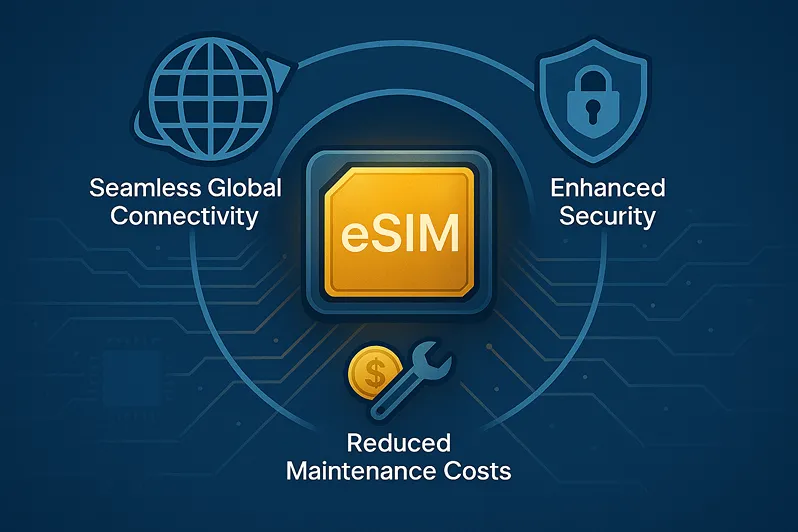
Seamless Global Connectivity
IoT devices often need to work across countries and regions. With eSIM, you can:
- Remotely switch carriers to avoid roaming costs.
- Deploy devices globally without manual SIM replacement.
- Ensure uninterrupted service in areas with multiple network providers.
Reduced Maintenance Costs
For large-scale IoT deployments—like smart meters, connected cars, or industrial sensors—physically replacing SIM cards is expensive and time-consuming. eSIM allows updates and carrier changes without touching the device.
Enhanced Security
Because eSIMs are soldered into the device, they are harder to remove or tamper with, reducing the risk of theft or misuse.
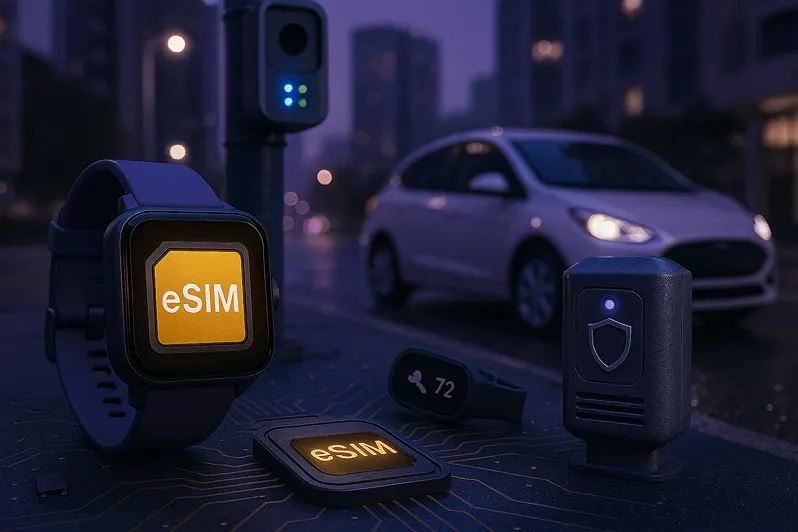
Real-World Applications of eSIM in IoT
Smart Cities
Traffic sensors, environmental monitors, and public safety devices can stay connected without manual SIM swaps.
Connected Vehicles
Cars can automatically switch to the best local network as they cross borders, ensuring navigation, infotainment, and emergency systems stay online.
Wearables and Health Devices
Smartwatches, fitness trackers, and medical monitoring devices benefit from the compact size and global connectivity of eSIM.
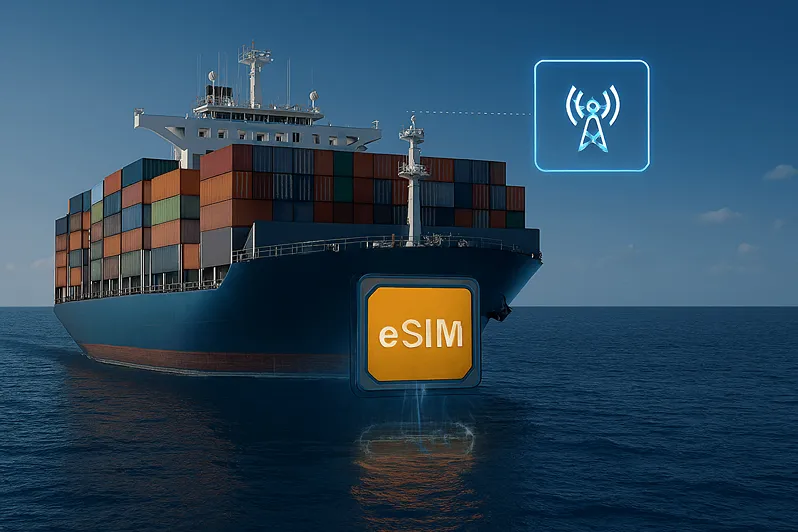
Case Study – Global Fleet Management with eSIM
To better understand the power of eSIM in IoT, let’s explore a real-world scenario.
The Challenge
A global logistics company operates thousands of trucks and shipping containers across Europe, the Middle East, and Asia. They face:
- High roaming costs when crossing borders.
- The impracticality of swapping SIM cards in every country.
- The need for real-time tracking of location, temperature, and cargo status.
The Solution
They install IoT tracking devices equipped with embedded eSIM modules in every vehicle and container:
- eSIMs are preloaded with multiple carrier profiles.
- The system automatically switches to the best local network in each region.
- All changes are managed remotely via an IoT cloud platform.
The Outcome
- Cost Savings – Reduced roaming fees and eliminated SIM replacement costs.
- Improved Reliability – Continuous connectivity across borders.
- Enhanced Security – eSIMs are tamper-resistant and cannot be removed.
- Scalability – New vehicles can be deployed anywhere without hardware changes.
This case study shows how eSIM transforms IoT from a regional solution into a truly global, flexible, and future-proof technology.
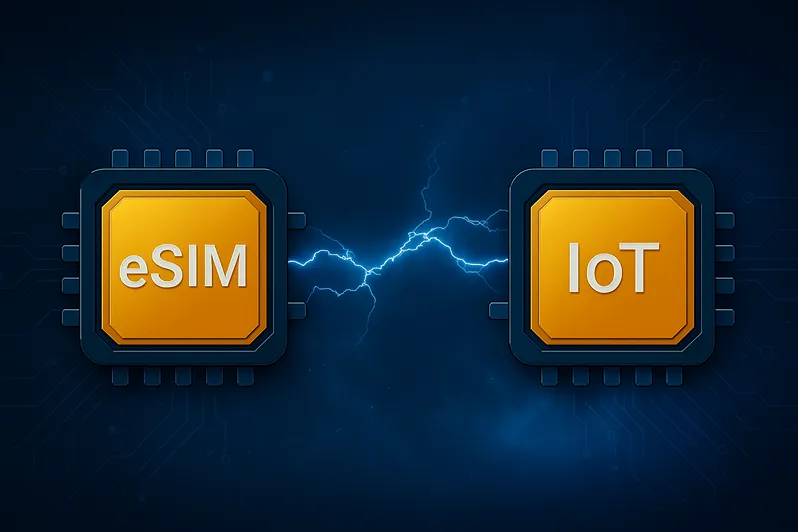
The Future of eSIM in IoT
As 5G networks expand, eSIM will become even more critical. Imagine billions of devices—from drones to delivery robots—connecting instantly to the best available network without human intervention. This flexibility will accelerate IoT adoption in industries like logistics, healthcare, agriculture, and smart manufacturing.
💡eSIM technology is more than just a new way to connect—it’s a foundation for the next generation of IoT. By enabling remote provisioning, global scalability, and enhanced security, eSIM is set to become the default connectivity standard for billions of devices. For IoT innovators, embracing eSIM today means being ready for the hyper-connected world of tomorrow.




